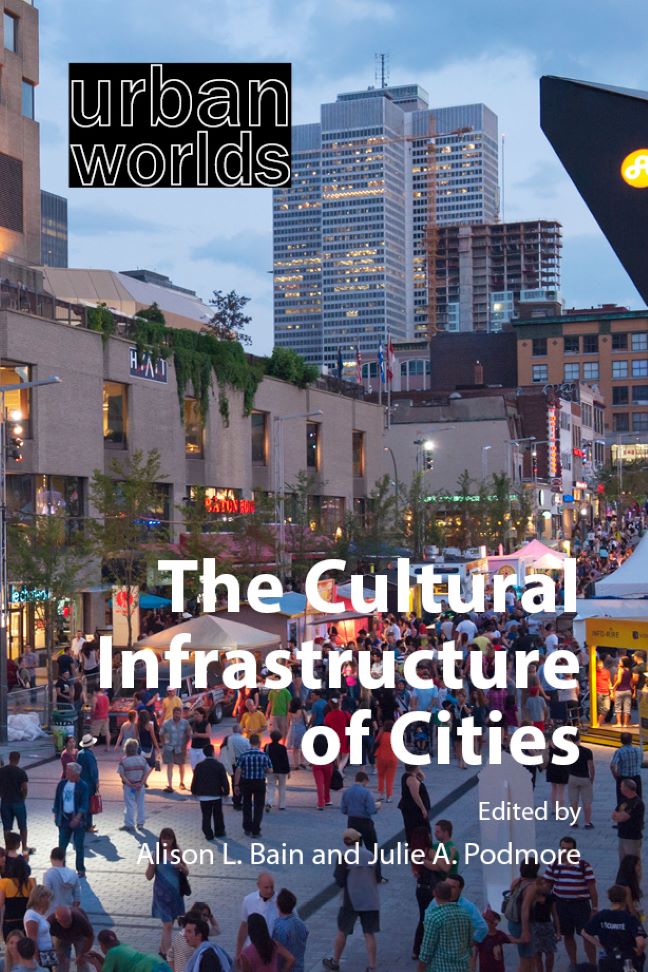8 - Youthful city-making through peripheral cultural infrastructure
Published online by Cambridge University Press: 23 January 2024
Summary
INTRODUCTION
Cultural production is assumed to be led by professional artists and cultural workers residing in urban centres (Scott 2008). Conversely, urban peripheries across the globe – low-density suburbs, working-class neighbourhoods flooded with cookie-cutter public housing, self-built settlements – are often mischaracterized as uncreative and culturally dependent on centralized artistic niches (Bain 2013; Jones et al. 2019). Yet the often self-taught creative youth from these same peripheries have been recurrently inundating cities and digital platforms with their artistic creations (Mullings & Habib 2022; Sitas 2020), demonstrating how they also act as active producers of their cities’ cultural infrastructure.
Latin American youth are no exception. Over the past few decades, young artists born and raised in self-built urban peripheries across the region have propagated self-managed cultural spaces and practices in their neighbourhoods that differ significantly from what can be conventionally found in consolidated urban centres. Often raised amid long-lasting patterns of stigma and infrastructural violence (Baumann & Yacobi 2022; Lemanski 2018, 2020, 2022; Malmström 2022; Mosselson 2021), the youth in these peripheral neighbourhoods are performing city-making processes that satisfy their basic material needs while advancing self-defined cultural rights beyond established understandings of civic, political and social rights, which still manifest extremely unevenly within Latin American cities (Heil 2021).
Studying this widespread youth-led infrastructure-building process across urban peripheries in Latin America holds significant potential for further globalizing urban theory (Ren 2022; Robinson 2022). Building on the so-called infrastructural turn in urban theory – focused on the material and political consequences for underserved citizens of the (insufficient) infrastructural provision by the state and other development agents (see Baumann & Yacobi 2022; Kanai & Schindler 2022; Lemanski 2018, 2020) – this chapter evaluates the urban, cultural and political implications of peripheral cultural spaces and practices in Latin American cities when these are studied as a form of city-making. Departing from frameworks portraying peripheral citizens as infrastructure consumers or claimants (Lemanski 2022; Malmström 2022; Mosselson 2021), it analyses how the youth from the peripheries also proactively produce new infrastructure.
- Type
- Chapter
- Information
- The Cultural Infrastructure of Cities , pp. 127 - 142Publisher: Agenda PublishingPrint publication year: 2023

